Five foods you didn’t know were so important to support kids immunity
By Dr Joanna McMillan
This school term it is more important than ever before to maintain a strong immune system, so it comes as no surprise that 38% of parents say they are looking, or planning to look, for more products to support their child’s immunity now than a year ago, according to Bubs Australia. ^
Creating nutritious lunchboxes that the kids will consume isn’t as easy as it looks; it can sometimes be a challenge to consistently come up with new ideas that are practical and quick to make.
A healthy lunchbox contributes significantly to their overall nutrient intake; it keeps their energy levels up to be able to concentrate in class and give their all during sport, and it should be a fun, enjoyable part of the day, tucking into delicious foods.
Good nutrition is essential to support their immune function, helping them to ward off the frequent bugs that like to circulate around school age kids. This comes as new Bubs Australia research reveals that half of parents (49%) are concerned that their child would regularly get sick when they started school as they mix with their classmates. ^ ^
Many nutrients are needed by the immune system including vitamin C, vitamin D, iron and zinc. In addition, they need lots of different types of fibre to fuel a healthy gut microbiome as this collection of friendly bugs is key to good immunity.
Here are FIVE foods WHICH deliver these nutrients AND are fantastic lunchbox inclusions:
1. Berries
All types of berries, including strawberries, raspberries and blueberries, are rich in vitamin C and they are usually easy foods to get kids to eat. The fabulous red, blue and purple colours come from a group of natural plant chemicals called polyphenols. These, combined with the fibres in the berries fuel their healthy gut bugs, in turn supporting immunity. Pop them into a reusable container to snack on, blend them with milk or a dairy alternative to make a smoothie and pour into a thermos flask to keep cool, or add them to Greek yoghurt for a healthier flavoured yoghurt than bought varieties. New research reveals that half (51%) of parents agree that fruit and vegetable intake and a balanced diet are the most important factors in building their kid’s immunity. ^ ^ ^
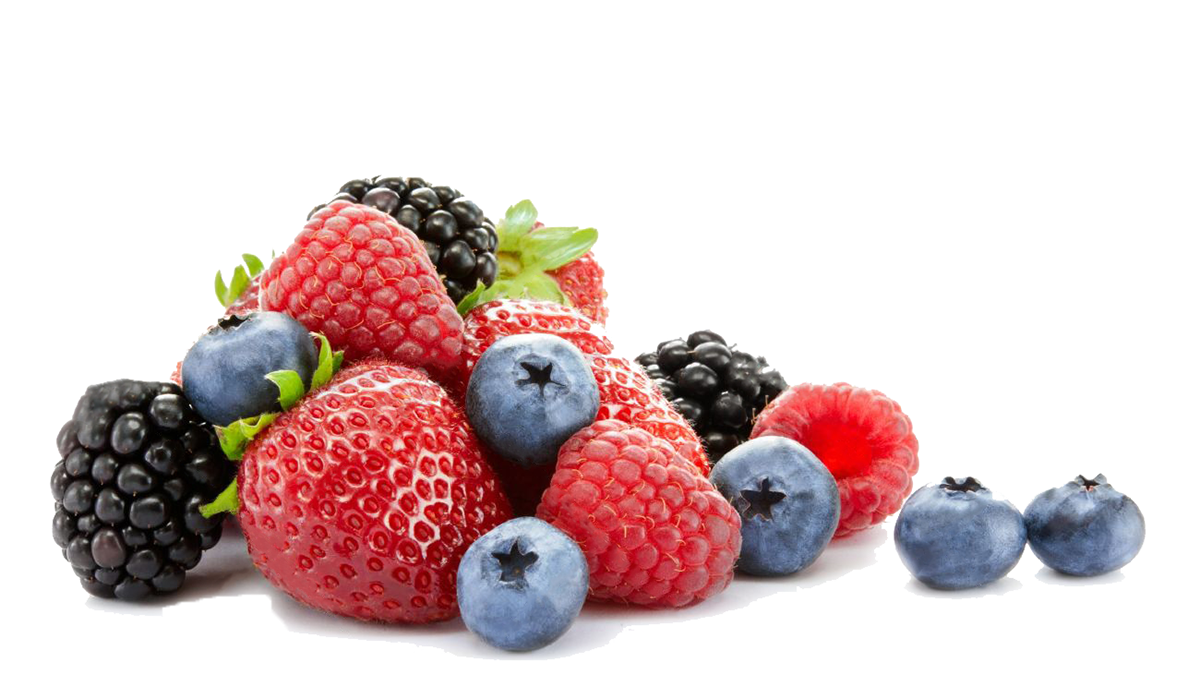
2. Hard-boiled egg
Egg yolks are one of few foods that provide vitamin D. This vitamin is made in our skin on exposure to sunlight, but with such an emphasis on protecting kids from sun damage, many fail to make enough, and dietary sources become more important. For younger kids you can get cute little moulds for turning hard-boiled egg into fun shapes, while older kids may happily devour a plain boiled egg. Alternatively, mash with a little mayonnaise as a sandwich or wrap filling, or chop and mix into a pasta or brown rice salad.
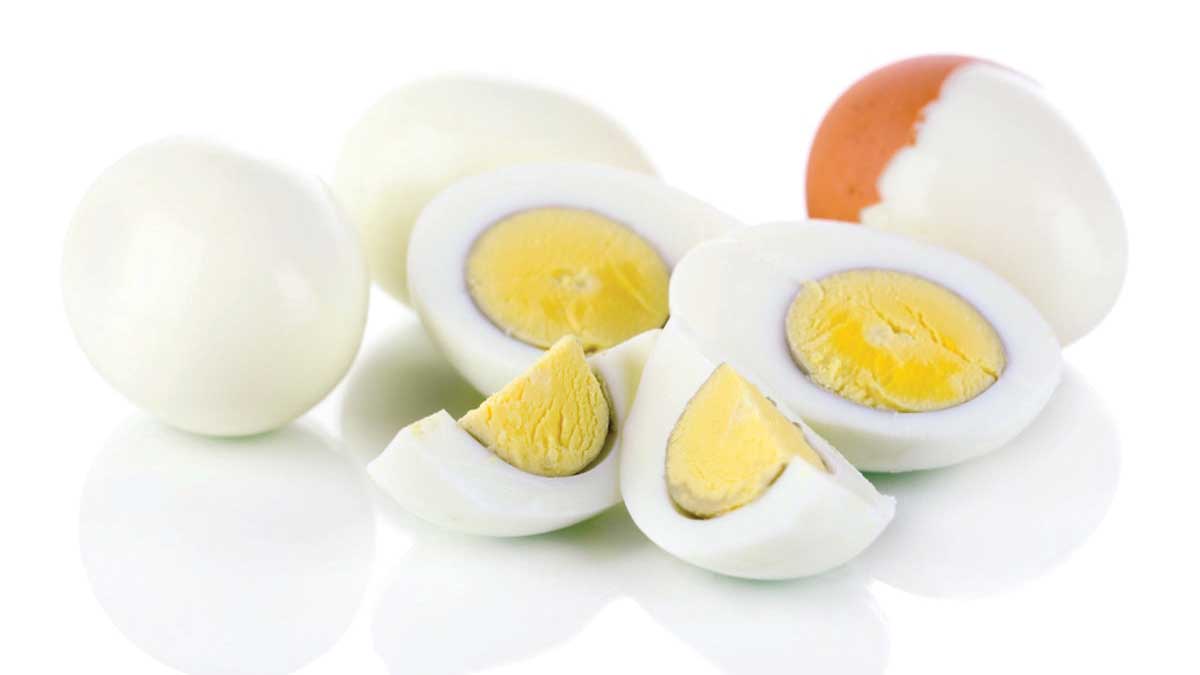
3. Red meat
While I fully support the trend to eat more plant food, there is no denying that one of our best sources of both iron and zinc in the most absorbable form is red meat. For kids who have relatively big requirements for these minerals to support their immune systems as well as growth and development, giving them some red meat can really help. Always cook extra when having red meat for dinner and then slice the leftovers for sandwich or wrap fillings. Some kids may prefer a bento box style lunch keeping everything separate and slices of beef or lamb makes a perfect addition. Or, in winter, reheat a pasta Bolognese and pop it into a thermos container.
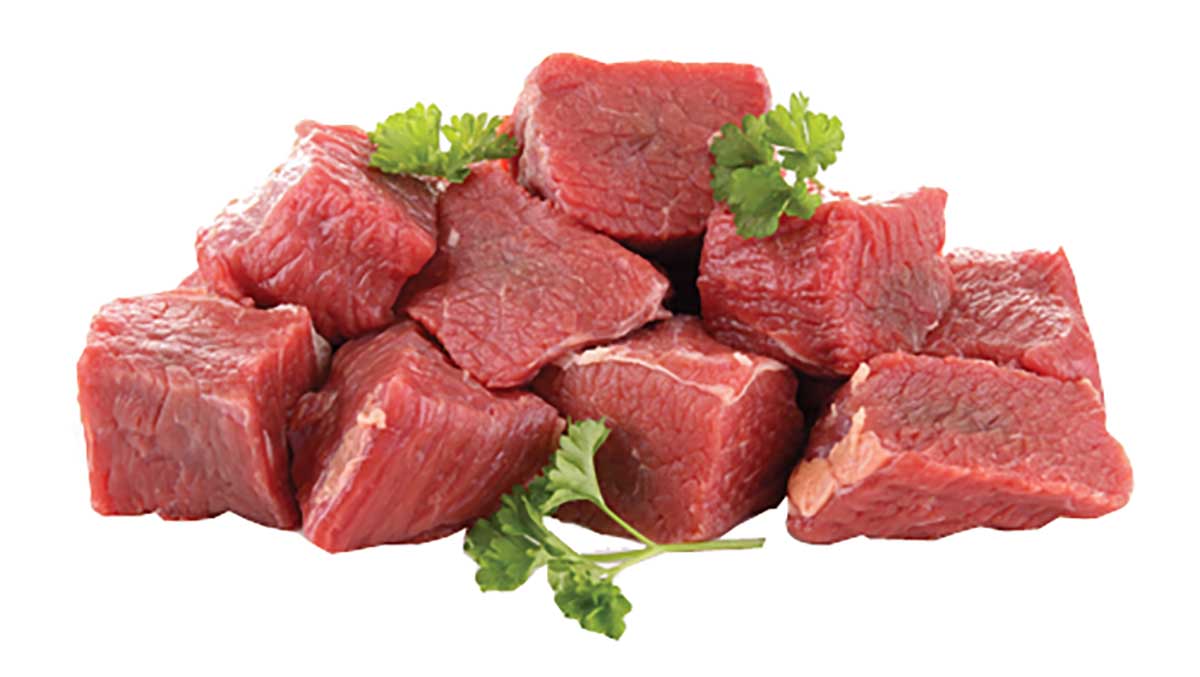
4. Wholegrains
Wholegrains are so often underestimated in terms of nutrition, simply being thought of as ‘carbs’. They are so much more and are some of our best sources of fibre: B group vitamins, a plant source of zinc and protein, and additional polyphenols. If your kids are used to only having white bread, gradually start to mix it up and get them used to wholemeal or wholegrain and if your kids are still young serve them these more nutritious breads right from the start. Try making wholemeal wraps as an alternative, or incorporate wholemeal pasta, brown rice or wholemeal couscous in a salad or thermos meal as above. You can also make homemade muffins or cookies using rolled oats and various wholemeal flours, or opt for an oat-based commercial muesli bar. The health star rating system can help to guide you to the healthier options.
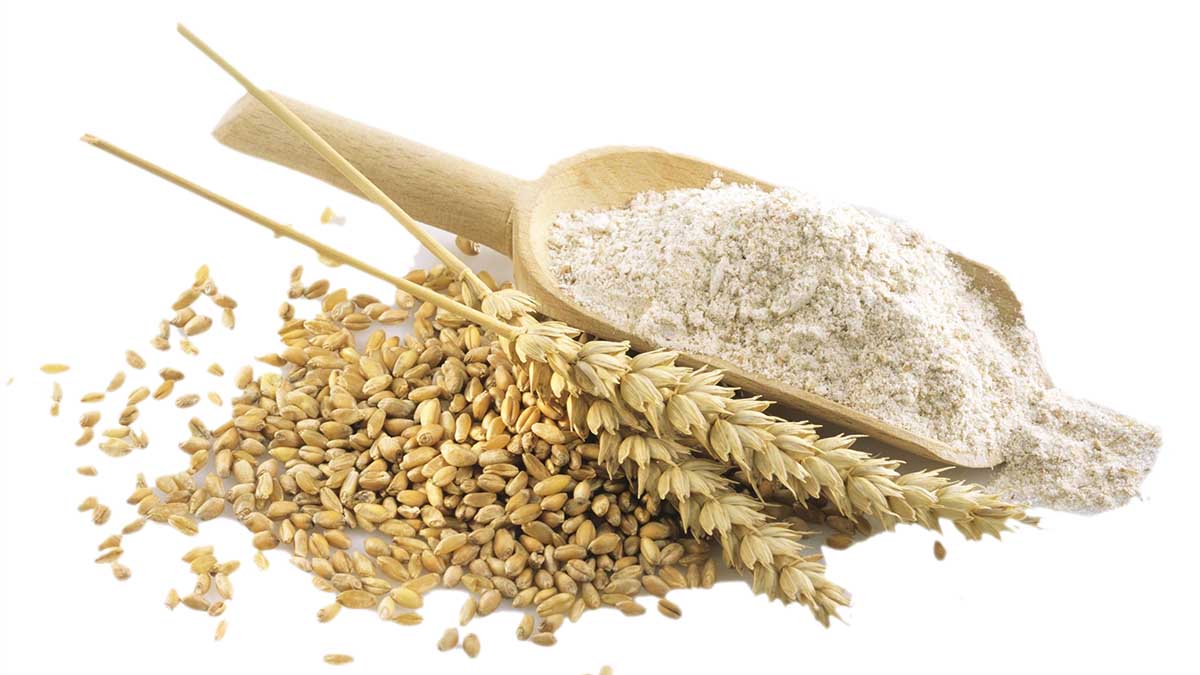
5. Legumes (beans and lentils)
These are some of the most underused foods, yet most kids love them! Beans, chickpeas and lentils are amazingly nutritious providing both slow release, energy giving carbs, plant protein, a whole bunch of vitamins and minerals, as well as outstanding levels of fibre. Plus, they are family budget friendly. What’s not to love? Some kids might happily snack on a bowl of cold baked beans, or you can add canned beans such as borlotti or red kidney beans to soups in a thermos or a little box of pasta or rice salad. Hummus (made from chickpeas) is yum in a wrap or in a little container to dip brown rice crackers or carrot batons. Or add canned beans to a tuna mayo sandwich filling.
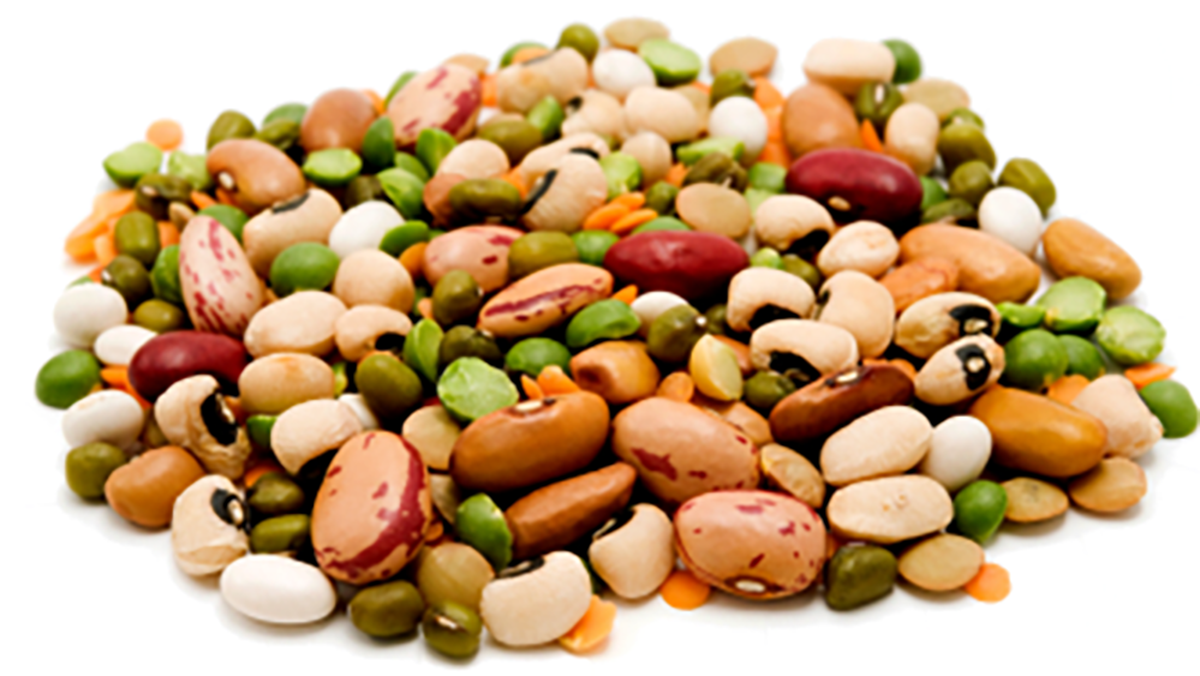
Bubs® Australia provides nutritional support to parents seeking to give their children a well-rounded diet full of important vitamins and minerals with a range of Organic Baby Food Pouches and new Vita Bubs™ range including Vita Bubs™ Vitamin C + Zinc specifically designed to support immune system health.
More information about the Bubs® Australia product range can be found at www.bubsaustralia.com.
^ Bubs® Australia surveyed 1,029 Australian parents with children under the age of 12 in October 2020. The research study was undertaken by independent market research company YouGov on behalf of Bubs® Australia.
^ ^ Bubs® Australia surveyed 1,029 Australian parents with children under the age of 12 in October 2020. The research study was undertaken by independent market research company YouGov on behalf of Bubs® Australia.
^ ^ ^ Bubs® Australia surveyed 1,029 Australian parents with children under the age of 12 in October 2020. The research study was undertaken by independent market research company YouGov on behalf of Bubs® Australia.
